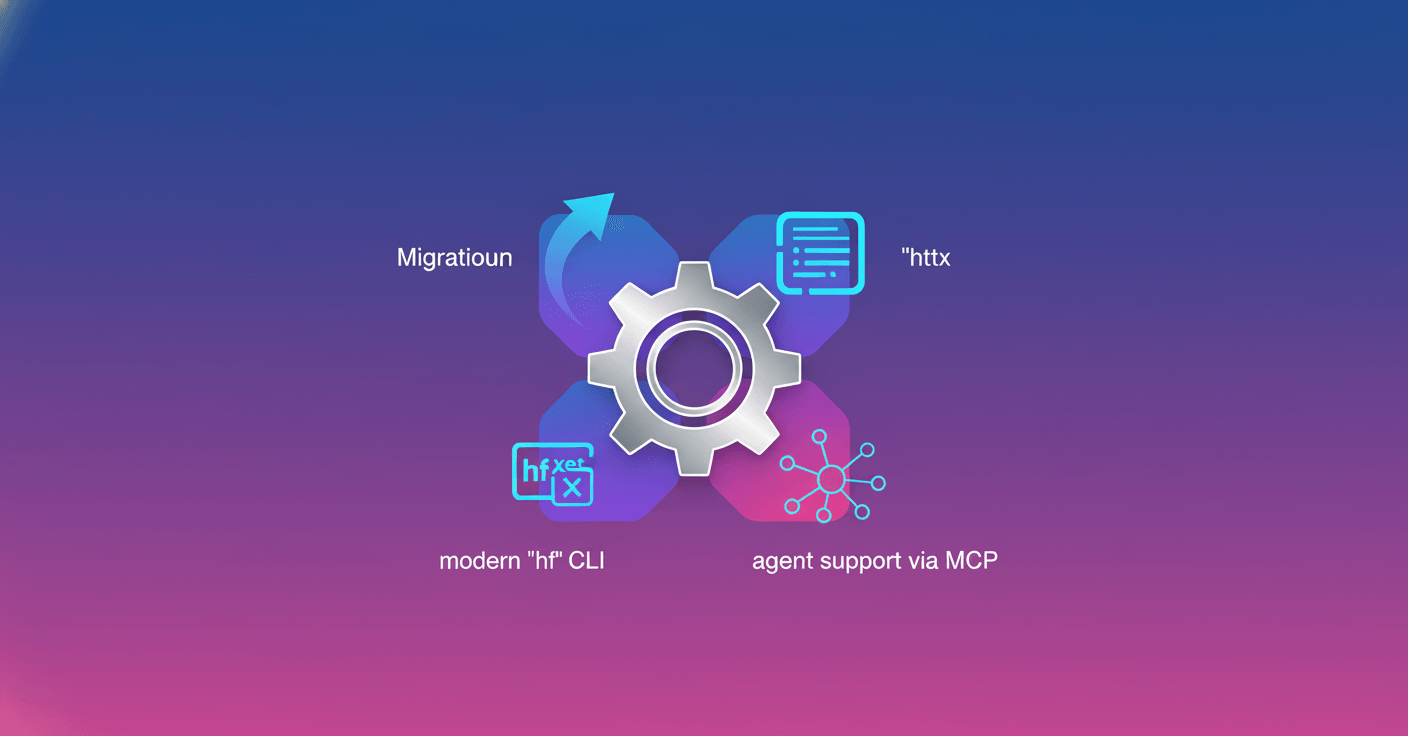After five years, huggingface_hub reaches version 1.0: a key piece that consolidates how we share models, datasets and apps in the AI community. If you use Python for ML, this affects you right now — and yes, the upgrade is worth it.
What v1.0 means
This release marks the maturity of a library that already powers hundreds of thousands of projects. huggingface_hub is now the Python package behind access to over 2 million models, 500k datasets and 1 million public Spaces. It’s not just a label: it’s a restructuring designed for the next decade of open machine learning.
Practical recommendation: update with
pip install --upgrade huggingface_hubto take advantage of performance improvements and new capabilities.
Key technical changes (concise and clear)
-
Migration to
httpxas the HTTP client. Why does this matter?httpxbrings native HTTP/2 support, better connection reuse across threads, and a unified sync/async API. That reduces surprises between synchronous and asynchronous clients and improves efficiency in production. -
hfCLI replaces the oldhuggingface-cli. It’s rewritten with Typer and offers a more consistent resource-action pattern:hf auth login,hf download,hf upload,hf repo,hf cache ls,hf jobs run, among others. -
hf_xetas the default backend for file transfers, replacinghf_transferand consolidating the use of the Xet protocol. Xet deduplicates at the chunk level (64KB), not per-file, which speeds up uploads and downloads of large files. -
Removal of old patterns like the Git-based Repository class and migration to modern HTTP methods such as
upload_file()andcreate_commit(). -
New tools for agents: integration of the Model Context Protocol (MCP) and tiny-agents, which let you mount conversational agents with just a few lines of Python on top of InferenceClient and the Inference Providers.
Compatibility and migration
The migration to v1.0 was designed carefully to minimize breakage, but there are points you should review:
-
In practice, most libraries work with both v0.x and v1.x, but there’s a notable exception:
transformers. The v4 branches oftransformersrequirehuggingface_hubv0.x, while the expectedtransformersv5 will require v1.x. Check the compatibility table in the issue referenced by Hugging Face before upgrading critical environments. -
HTTP backend changes for advanced users: if you had custom integrations with
configure_http_backend(), follow the guide to migrate toset_client_factory()andset_async_client_factory(). -
Token handling:
HfFolderand older token management patterns have been replaced by explicit functions likelogin(),logout()andget_token(). -
Errors and exceptions:
HfHubHttpErrorinherits from both the old (requests) and the new (httpx) error classes to smooth the transition in exception handling.
Practical migration: commands and examples
- Update the package:
pip install --upgrade huggingface_hub
- Install or update the new
hfCLI (macOS / Linux):
curl -LsSf https://hf.co/cli/install.sh | sh
- Windows PowerShell:
powershell -ExecutionPolicy ByPass -c "irm https://hf.co/cli/install.ps1 | iex"
- Quick example using the HTTP Commit API to upload a file without Git LFS:
from huggingface_hub import upload_file
upload_file(path_or_fileobj="model.pt", path_in_repo="model.pt", repo_id="my-repo", token="hf_...")
- If you use agents: with MCP and tiny-agents you can hook a Gradio Space as a tool and run an agent in fewer than 100 lines. That lowers the friction to experiment with conversational agents and tool pipelines.
Impact on the ecosystem
The numbers speak: over 113 million monthly downloads, presence in 200k+ GitHub repositories, and adoption by major frameworks and companies. Hugging Face designed huggingface_hub so it’s not only useful for their own projects but serves as a common layer for Keras, LangChain, NVIDIA NeMo, YOLO and many others.
The introduction of Inference Providers and a pay-per-request architecture make it easier to deploy models with heterogeneous backends (Together AI, Replicate, SambaNova, Groq, etc.). Xet and the migration of petabytes of data show the platform can scale without breaking existing workflows.
Final reflection
Whether you work in production, research or prototyping, huggingface_hub v1.0 is an invitation to modernize your pipelines: better HTTP, smarter transfers, a more robust CLI and building blocks for agents. The breaking changes aren’t arbitrary; they’re technical choices so the platform stays useful as model size and complexity keep growing.
Too lazy to migrate? Start with a staging environment, run your integration tests and verify compatibility with transformers if you use it. In the long run, maintenance and faster transfers will thank you.
